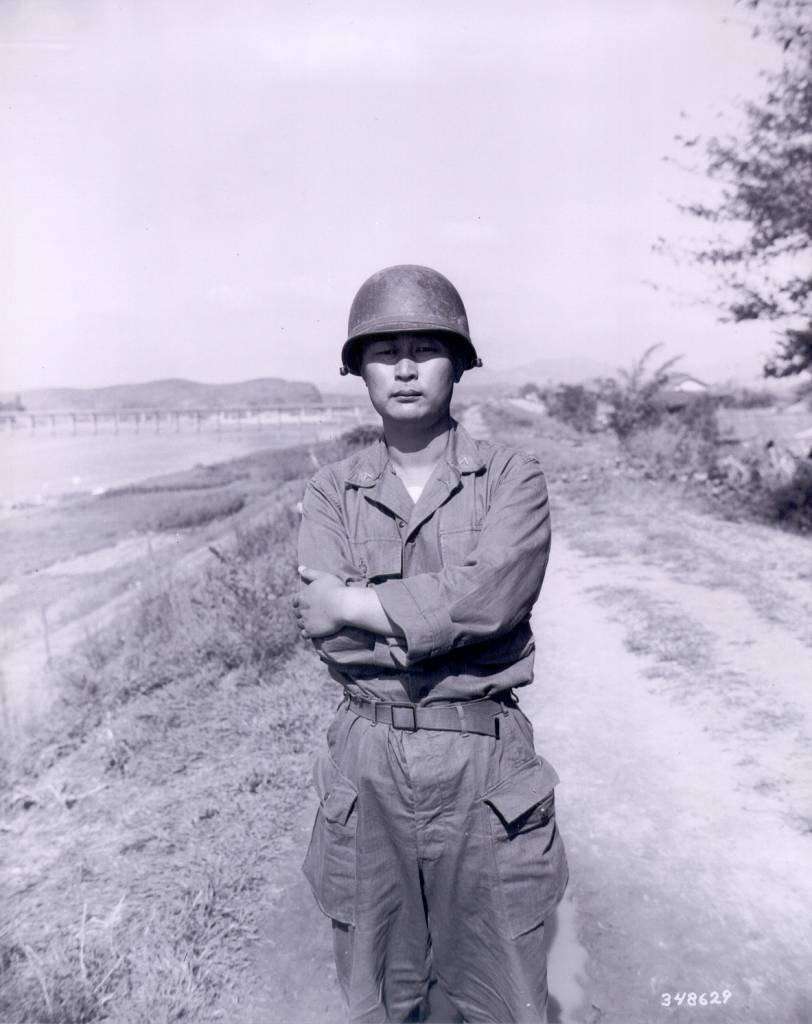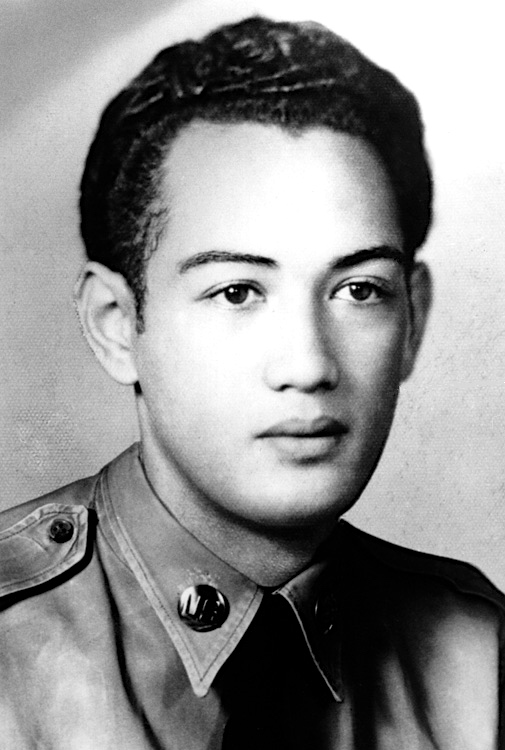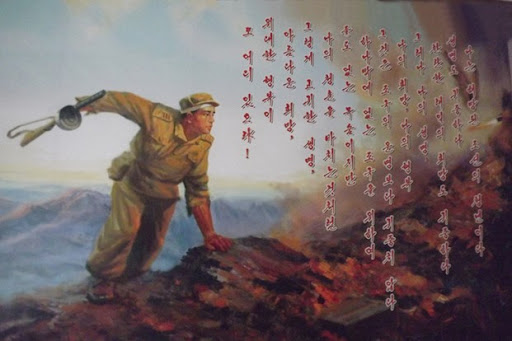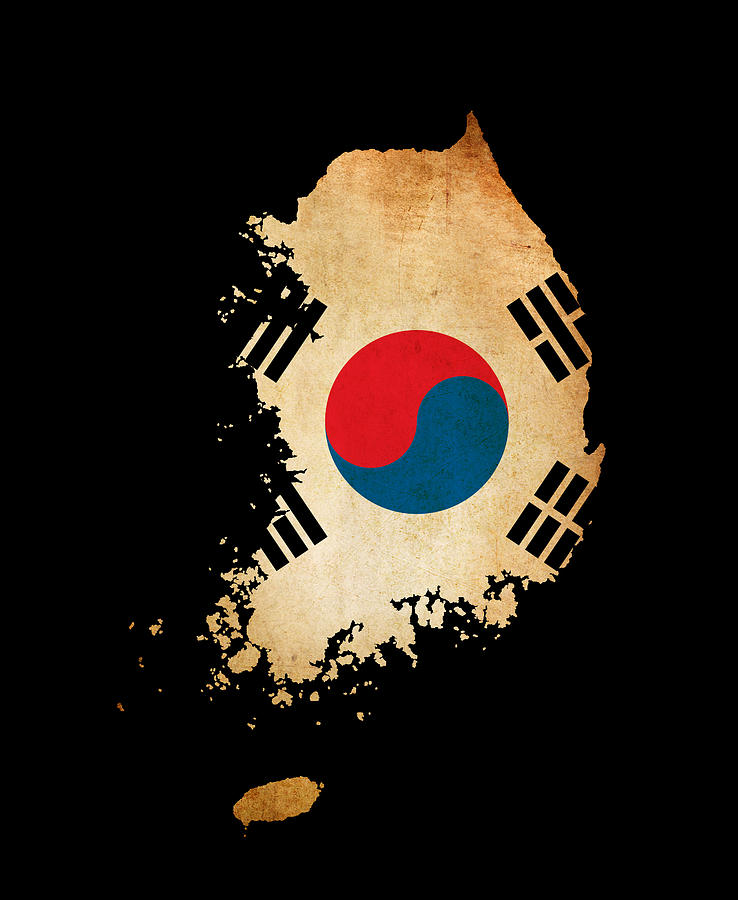Countless times I have heard the Korean War described as “the forgotten war.” But forgotten by whom? That term certainly derives from outside sources, not from my adopted homeland. Let me assure you, it is not forgotten here. A Korean War memorial can be found in virtually every hamlet of the country. The reasons to remember are many and varied—mostly a sense of gratitude that the southern half of the peninsula had been spared the horrors of living in Kim Il-Sung’s DPRK. The war was Kim’s doing. He badgered Joseph Stalin of the Soviet Union and Mao Zedong of China until they finally gave him the green light; the attack commenced in the early morning hours of June 25, 1950.
I also read that the Korean War produced no heroes. This cannot be so. With all the struggles and sacrifices by people on both sides of that three-year conflict, there must have been an abundance of heroic acts on the battlefield and behind the lines. The war has been documented enough to prove such a fact, but it seems that some of these men (and they were mostly men) have not gotten their due. What follows are thumbnail sketches of one hero from each of the four main belligerents: South Korea, the United States, North Korea and China, although I do not wish to ignore the contributions of the other United Nations countries or that of the Russkie pilots who engaged in aerial combat with their American counterparts in the China-North Korea border region.
• Paek Sun-Yup was born in 1920 above the 38th parallel. He had fought with the Japanese Imperial Army in Manchuria toward the end of World War II, but many Koreans were similarly compromised in those days. Threatened by communists in Pyongyang, he fled south. Paek helped defend the Busan Perimeter and then was involved in pushing the DPRK army back over the border and up near the Yalu River. He also hunted and eliminated guerrillas in the Jirisan area. After the battle line was largely fixed in the summer of 1951, he devoted himself to turning the ROK army into a more intensively trained and organized group. Paek, South Korea’s first four-star general, later served as ambassador to Taiwan, France and Canada.

• Herbert K. Pililaau, a native of Hawaii, had only been in Korea a short time before he and some fellow American soldiers were tasked with capturing a hill in Gangwon Province in September 1951. The North Koreans occupying it had other ideas, however. There were attacks and counterattacks. When Pililaau’s platoon began to retreat, he stayed behind to provide cover for his comrades. He had run out of ammunition and so began throwing hand grenades until they, too, were depleted. Then he threw rocks. Pililaau fought with a knife and his fists before being overwhelmed by DPRK soldiers who killed him with thrusting bayonets. For such conspicuous gallantry, he was posthumously awarded the Medal of Honor. The U.S. Navy ship Pililaau was christened in 2003 in Honolulu.

• Yi Su-Bok sits atop the list of North Korean war heroes, although historians debate the trustworthiness of his tale. During the Battle of Heartbreak Ridge in October 1951, he was involved in a vicious fight with the “Yankee invaders.” Yi stepped in front of machine-gun fire in order to save the lives of his companions in arms. Bold, brave, strong and virtuous, he is said to have sat down and composed a long (and oddly well-written, under the circumstances) letter stating his willingness to die for his motherland. It is still studied in North Korean schools. In fact, Yi’s name continues to be invoked in mass-propaganda campaigns, of which the DPRK has had many.

• Yang Gensi is also the subject of propaganda, but in the People’s Republic of China. A poor boy from Jiangsu Province, he was his family’s only survivor of an attack by right-wingers during the Chinese civil war. Vowing revenge, he joined both the army and the Communist Party. After having helped dispatch the Nationalist Chinese to Taiwan, he volunteered to fight on behalf of his North Korean brethren against the imperialist, capitalist-roaders and their running dogs. Yang died in November 1950 during the Battle of Chosin Reservoir, a vicious 17-day fight in freezing weather. According to the official story—believe it if you dare—he withstood eight waves of attacks before finally succumbing to numerous lily-livered, blond-haired American soldiers.



2 Comments
I don’t see any information about Bill Ed Johnson that was killed in this Korean War .He received numerous metals among them were three purple hearts he was killed after being wounded three times and going back in to fight the third time for his country was fatally wounded at age 19 . Aug 13, 1952.This is my Uncle and I seriously think he should be recognized for such bravery and giving the ultimate price for his country .,His life.,
You are correct that there is no information about Mr. Johnson. I had never heard of him, so how could I be expected to write about him? Even if he did win numerous “metals,” so what? This story featured one man from the USA, South Korea, North Korea and China. I chose Herbert K. Pililaau to represent the USA, which is not to say your uncle was unworthy. By the way, I urge you to be more careful with punctuation; your letter was a disaster.
Add Comment